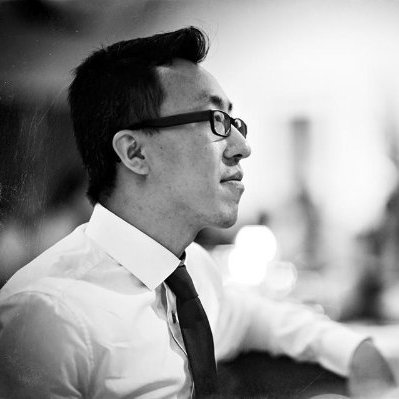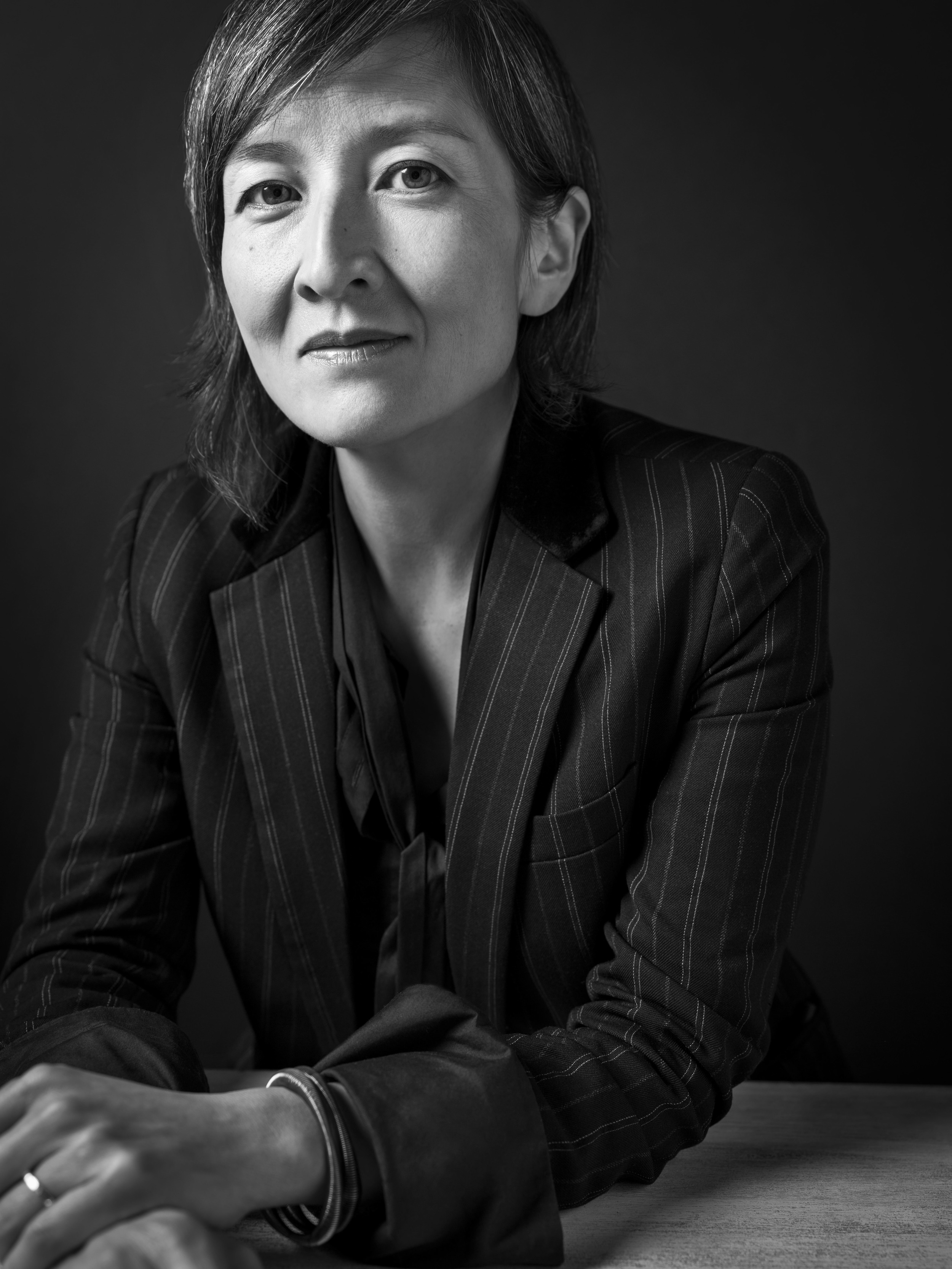by Emily Grandstaff-Rice, AIA**
A couple years ago at an AIA event, I met Sir Ken Robinson, an author and speaker widely known for his TED Talk “Do schools kill creativity?” where he makes the argument that we, as professional individuals, are always more than just one defining vocation. He believes that although society asks us to define what we do as a singular vocation, our multifaceted lives include distractions, hobbies, and interests that serve as powerful influences to our professional work. After I introduced myself, Sir Robinson casually asked, “Emily, what do you do?”. I told him I was an architect, and his response was “that’s all?”
As professional practice and models evolve, I’m not sure architects have ever fully recognized all of the things we do in addition to getting a building designed and built. Architecture and the practice of architecture is often studied by looking at historic precedents— how things were built, their context, and their cultural significance. While understanding past influences is important to the success of architectural projects, I would argue that the ability to look forward—to understand future trends and influences and cultivate flexibility to anticipate the new thing we can’t yet imagine—is equally essential. A building is more than just a built form—it is a home, an office, a place to learn or play; and equally architects serve as sociologists, industrial engineers, environmental psychologists, facilitators, mediators, advocates, and advisers. Our profession has always been more than just the means of creating a building. Architecture, at its best, is a profession that is multifaceted and incorporates complementary influences that delight and elevate a place into an experience.
To stay relevant in the 21st century economy, architects will need to leverage our innate curiosity as a value proposition. Architects are uniquely trained to think and work in a non-linear process due to our authentic, project-based academic experience. Young architects also learned from an early age to “Think Different”, just like the old Apple advertisement. We know conventional hierarchical processes can be upended by technology and societal expectations; So why aren’t we anticipating the next disruptive change in the practice of architecture? With our abilities in technology-based communication skills, access to resources, and the deep professional knowledge base of American architects, we can literally change the world and there are many people globally who can benefit from our design abilities. I expect to see the influence of architects in education policy, public health, economic growth, and a cultural shift in the way we view social equity. There is no limit to ways in which architects can use their skills for positive change.
“Why do we as a profession focus so much on the minimum competency instead of on larger issues relating to practice and the built environment?”
When it comes down to it, there is a value proposition at the crux of how architects can begin to innovate in practice. Think about it-architects as problem solvers; architects as strategists; architects as connectors--all possibilities. In 2011 according to AIA Facts and Figures and the Architecture Billings Index, architects generated $2 billion dollars of fees in support of over $320 billion of construction proving two things: our daily work has a huge impact on the construction economy, and architects generate big results with a relatively small budget. But I ask myself, where is the financial data on our impact on productivity and quality of life? As architects, we need to be proactive about quantifying and measuring this data in order to visualize and generate new business models to think differently about how we structure our practices. To demonstrate our ability and impact, we need to be explicit in how, where, and when our value makes a difference. This will allow us to begin to solve larger problems of the built environment and validate why architects will be part of the solution. Cutting-edge firms at three different scales such as SHoP Architects, Alloy in Brooklyn, and Latent Design in Chicago,, have already leveraged non-design based disciplines as core services to complement and distinguish their design work. I believe the ability to adapt and anticipate future trends will be the mark of a successful architecture profession in the 21st century and that growing our concept of architectural services will be part of this. We will need to collaborate, learn, research, and advocate in support of our own architectural practice because it will no longer be enough to just design.
So back to when Sir Ken Robinson said, “that’s all?” to me. Well, I corrected myself and said, “No. I’m an architect and...”
**(This article was originally written and published in collaboration with YAF Connection April Issue: EquityxDesign and can be referenced by clicking the link)
Emily Grandstaff-Rice, AIA is an associate at Cambridge Seven Associates in Cambridge, MA. Emily served as 2014 President of the Boston Society of Architects/AIA and received the AIA Young Architects Award in 2008. In 2014, Emily was one of the Keynote Speakers for the symposium: Equity by Design: Knowledge, Discussion, Action!
Don't Miss EQxD "U" Workshop 4 !
Architecture AND...Exploring Meaning & Influence by way of Multidisciplinary Practice
Thursday, October 22, 2015 from 6pm - 8:30pm @AIASF 130 Sutter St, San Francisco
We will explore alternate models of practice that expand the avenues of influence for architects. More than 50% of all respondents to the 2014 Equity in Architecture Survey stated that they were dissatisfied with their current job situation. A large number responded that they were interested in alternative career paths. Rather than leave architecture behind completely - and have the profession lose ever more talent to other fields - how we can cultivate expansive multidisciplinary practices that are innovative, exploratory, and meaningful?
The workshop will feature four professionals who have taken their work beyond the traditional boundaries of the field. After a review of key survey findings on the topic we will hear from the panelists about their paths, entrepreneurial thinking, and lessons learned in a question and answer session. This will be followed by design thinking exercises to guide us in thinking freely and widely about our career futures and the new kinds of practices we can create. Gain the courage and knowledge to turn your interests and ideas into a new work reality at our workshop!
10/22/15 Architecture AND… Workshop Agenda
Networking & Refreshments 6pm - 6:15pm
Introductions/Welcome 6:15 - 6:25pm
Panel Discussion 6:25 - 7:15pm
Break/Transition 7:15 - 7:20pm
Design Thinking Exercises 7:20 - 8:10pm
Conclusions 8:10 - 8:30pm




